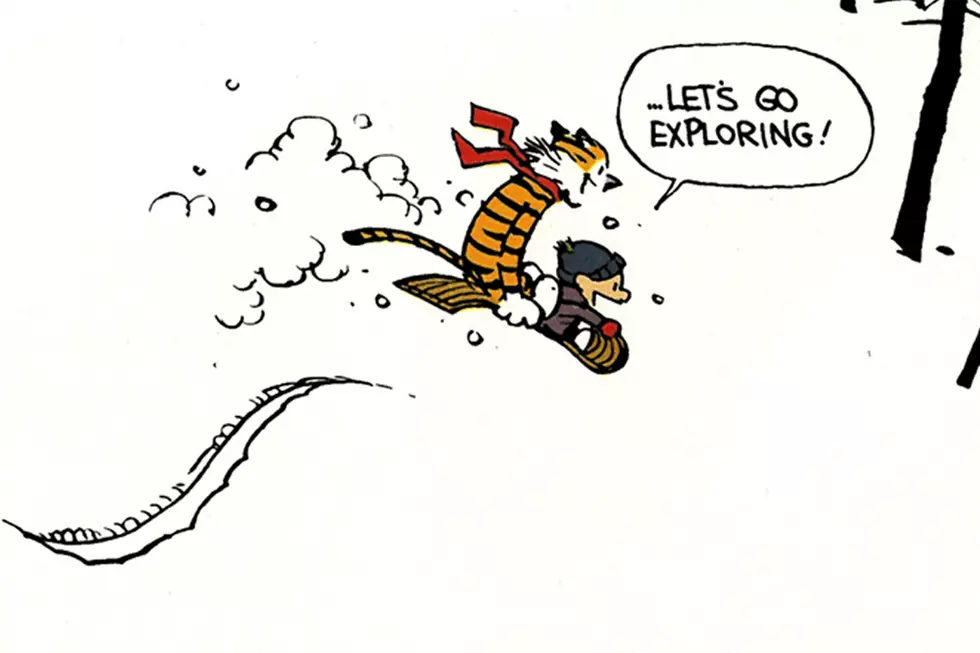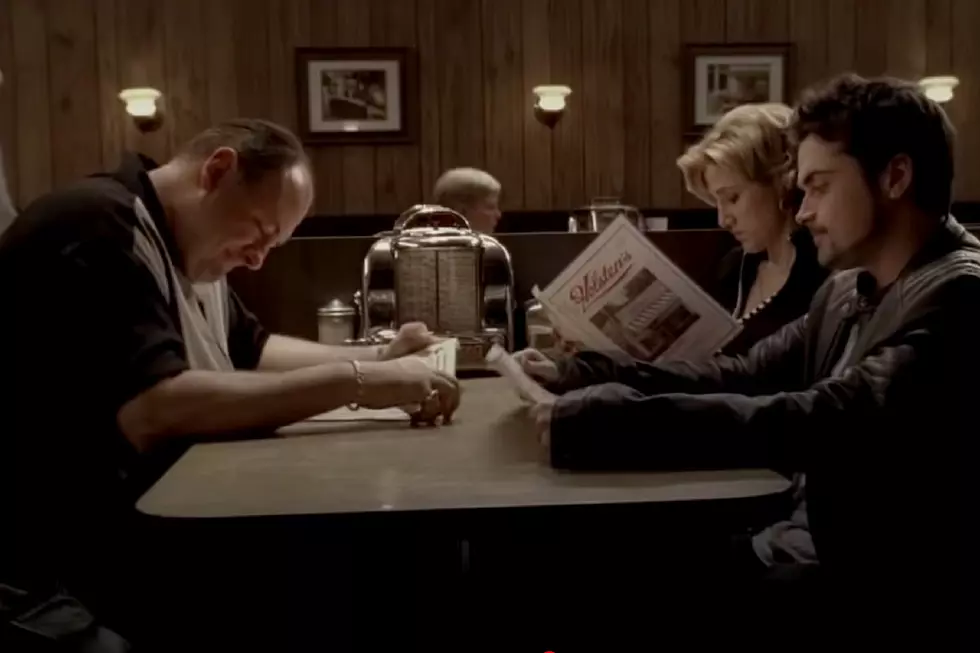
25 Years Ago: ‘Calvin and Hobbes’ Says Goodbye
As 1995 drew to a close, so did one of the most beloved comic strips of its era, Bill Watterson's Calvin and Hobbes.
In that final strip, seen in newspapers on Dec. 31, 1995, six-year-old Calvin and his stuffed tiger/best friend, Hobbes, celebrate the possibilities that the new year and the previous evening's snowfall brought. "It's a magical world, Hobbes, ol' buddy," Calvin says as they hop on a sled. "Let's go exploring,"
It was a pitch-perfect sign-off for Calvin and Hobbes, which Watterson launched in November 1985 and was seen by readers in more than 2,000 newspapers across the U.S. A decade seems like a relatively short time for a popular comic strip; Blondie and Dick Tracy, to name two, premiered in the early '30s and are still running, while Charles Schultz drew Peanuts for 50 years up until his death in 2000. But Watterson, who was 37 at the time, felt he had taken it as far as he could.
"This was not a recent or an easy decision, and I leave with some sadness," he wrote in a letter to newspaper editors. "My interests have shifted, however, and I believe I've done what I can do within the constraints of daily deadlines and small panels."
He put a little more perspective on his decision in the introduction to the 2012 Calvin and Hobbes anthology. "It seemed a gesture of respect and gratitude toward my characters to leave them at top form,” he wrote. “I like to think that, now that I’m not recording everything they do, Calvin and Hobbes are out there having an even better time.”
But in those 10 years, Watterson captured the innocence and joy -- and frustration -- of childhood with equal amounts of humor and empathy better than any strip since Schultz's heyday. Peanuts was an apt comparison, with Calvin as a combination of Charlie Brown and Snoopy, a loner who lived in his own imagination -- creating alter-egos like Spaceman Spiff or Stupendous Man, using a box as a time machine or playing Calvinball, a sport whose rules were made up as they went along.
At his side was Hobbes, dispensing wisdom like Linus or indulging his worst instincts like Peppermint Patty but turning limp and silent when anyone else was around. And in neighbor Susie Derkins, Calvin had his own Lucy. In Calvin and Hobbes, however, the parents, teacher and babysitter were both seen and heard, stymying Calvin's mischievous fun simply by being present in his life.
But it came at a cost. Watterson fought with his syndicators, refusing their requests to license his characters for merchandise (apart from the annual books) or television specials, as had proven so lucrative for Peanuts and others. Watterson also broke with the traditional Sunday comics six-panel format by altering the panel sizes, which allowed him to tell more complex stories and create the stunning backdrops that filled Calvin's imagination. The renegotiation of his contract, where Watterson won full creative control, proved so exhausting that he took a nine-month sabbatical in 1991. A second break followed in 1994.
As he said in the 2012 book, the lack of outside influences made for a purer, and better piece of art.
“Everything having to do with Calvin and Hobbes expressed my own ideas, my own values, my own way,” he wrote. “I wrote every word, drew every line, and painted every color. It’s a rare gift to find such fulfilling work and I tried to show my appreciation by giving the strip everything I had to offer.”
Top 100 Classic Rock Artists
More From 98.7 WFGR










